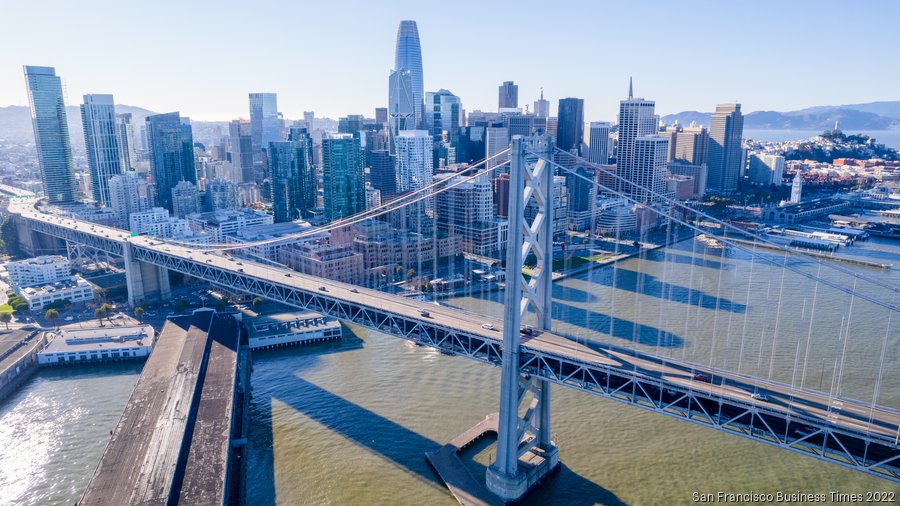San Francisco, long a laggard among major U.S. cities in workers returning to their offices, experienced an uptick in office visits in March, according to Placer.
ai, which tracks foot traffic in about 1,000 office buildings across the country. Year-over-year office visits rose across the board, and out of 11 cities that the Pacer.ai Office Index tracks across the country, San Francisco came in third place with a 9.

6% increase in office visits from a year ago. The only bigger gains were Boston, at a 10.2% increase, and Washington, D.
C., at 9.8%.
“Overall, the Placer.ai Office Index points to a renewed upswing in (return-to-office) momentum, likely driven by increasingly strict mandates from governments and corporations,” Placer.ai said in a report on its latest findings.
“March’s noticeable uptick suggests that offices may be poised to make further gains in the coming months.” Nationally, March data signaled that return-to-office mandates might finally be having an impact on office visits. In recent weeks, San Francisco and Oakland have taken steps to require municipal employees to report to the office more often.
San Francisco Mayor Daniel Lurie wants most employees to report to the office at least four days a week by April 28. Oakland planned to require many of its employees to come into the office at least four days a week as of April 7, but that deadline was recently pushed back to June 2. Placer.
ai cited cities requiring their employees to come into the office more often as one factor in office visit growth. In the private sector, JPMorgan Chase , which has a major presence in San Francisco, began enforcing a return-to-office policy in early March that called for employees to come into the office five days a week. January and February saw declining return-to-office numbers, which Placer.
ai said might have been because of weather conditions. San Francisco ran counter to that trend in February, registering strong growth in office visits that month. Nationwide, office visits in March were about a third fewer, 32.
2%, than in March 2019, a year before the COVID-19 pandemic began. That marked an improvement over March 2024, when there were almost 36% fewer office visits than before the pandemic. “RTO may still be gaining momentum,” Placer.
ai said in a report on its latest numbers. The rise in return to office may be leading to a rise in residential rents in key employment centers in the Bay Area, according to Zumper, a rental marketplace. Although San Francisco enjoyed a strong showing in office visit growth, the city still lagged in office visits in March compared with March 2019.
San Francisco and Chicago were at the bottom of eleven cities tracked in the Placer.ai Office Index, with both cities showing 44.6% fewer office visits in March compared with March 2019 By comparison, New York topped the list, with office visits down just 11.
4% in March 2025 compared with March 2019. Miami saw a 17.3% decline over that period, placing it second among 11 cities.
.
Business

Return-to-office mandates seem to be working in San Francisco

San Francisco has been lagging other cities in data tracking workers' returns to their offices, but that appears to be changing as cities and businesses begin enforcing mandates.















